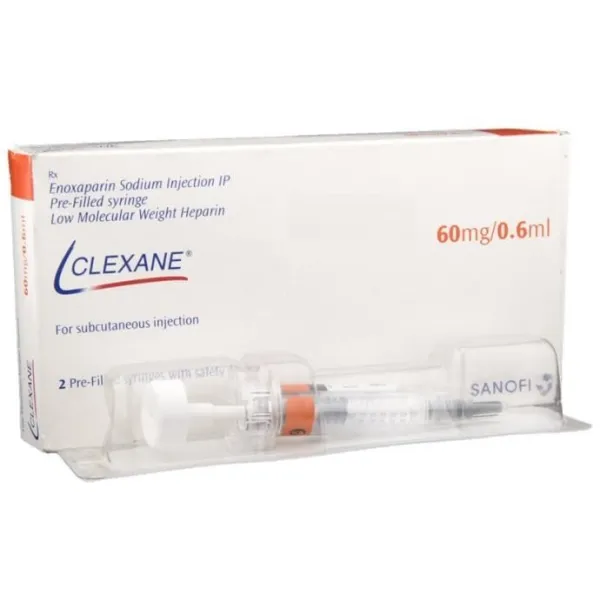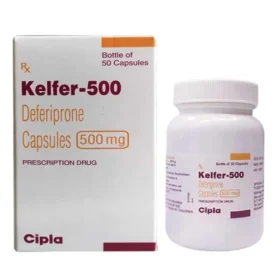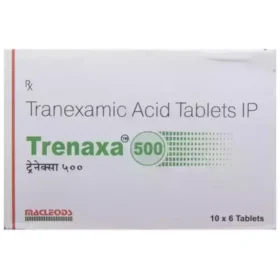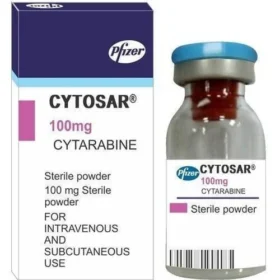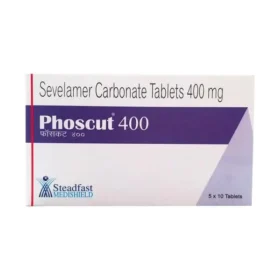- Your cart is empty
- Continue Shopping
Product
Clexane Injection (Enoxaparin) is a low molecular weight heparin that prevents and treats blood clots. It helps patients at risk of deep vein thrombosis (DVT), pulmonary embolism (PE), or heart attack. By inhibiting clotting factors, it reduces the risk of dangerous clots. For more information on its clinical uses, check trusted sources like Mayo Clinic, Drugs.com, and FDA. You can also explore research studies at PubMed and safety details on WebMD and Healthline. Guidelines on anticoagulant therapy are available from WHO.
Key Benefits & Uses
Clexane Injection provides multiple health benefits:
-
Prevents deep vein thrombosis and pulmonary embolism in high-risk patients
-
Reduces complications after surgery or prolonged immobility
-
Helps manage acute coronary syndromes and heart attacks
-
Can be administered safely in hospitals or at home under medical supervision
Learn more about its uses at Drugs.com and Mayo Clinic.
How to Use
Administer Clexane Injection subcutaneously, usually in the abdomen. The doctor will determine the dosage based on weight, condition, and risk factors. Always follow the prescribed schedule and never skip doses. For step-by-step guidance, visit FDA or WebMD.
Important Safety Information
Before using Clexane, consider the following:
-
Avoid if you have active bleeding or severe uncontrolled hypertension
-
Inform your doctor about allergies, pregnancy, or other medical conditions
-
Avoid activities that increase bleeding risk, such as contact sports
Stay updated on safety guidelines at Healthline and WHO.
Common Side Effects
Some patients may experience:
-
Minor bleeding or bruising at the injection site
-
Nausea or mild headache
-
Rarely, severe bleeding or low platelet count (thrombocytopenia)
For more information on side effects, visit Drugs.com and Mayo Clinic.
Why Choose Clexane Injection
Clexane Injection offers reliable anticoagulant therapy. Its predictable effects, ease of use, and clinical safety make it a preferred choice for patients and healthcare providers. Learn more from authoritative sources such as FDA, PubMed, and WHO.
Additional Information
| Size | 1 Injection, 2 Injection, 3 Injection |
|---|




